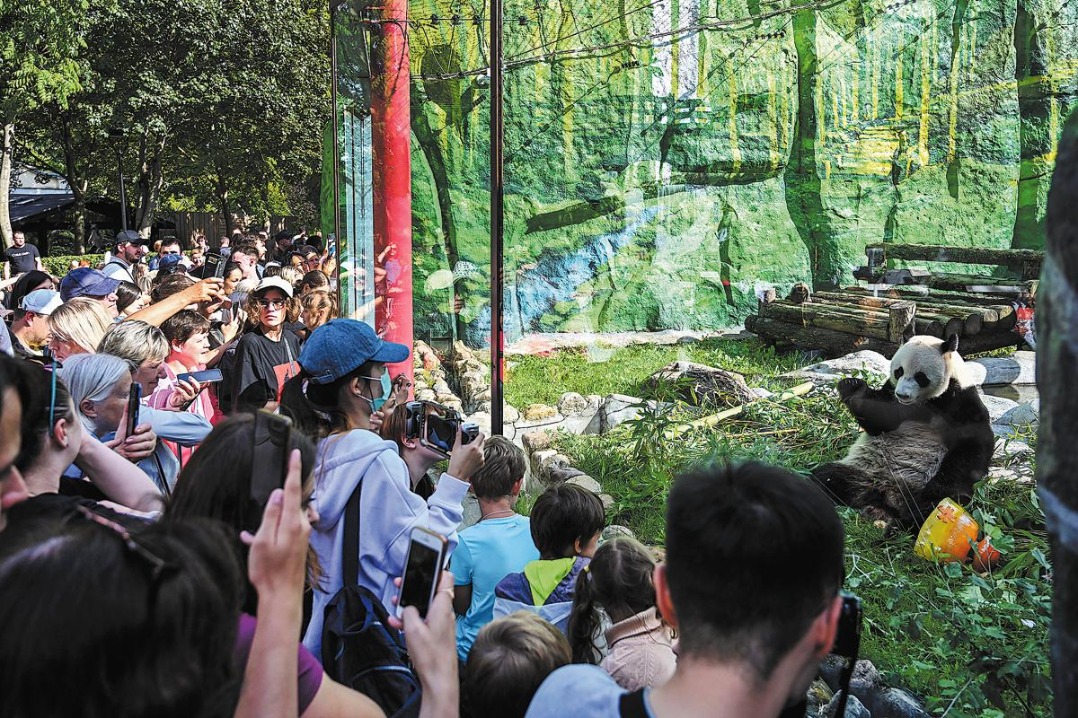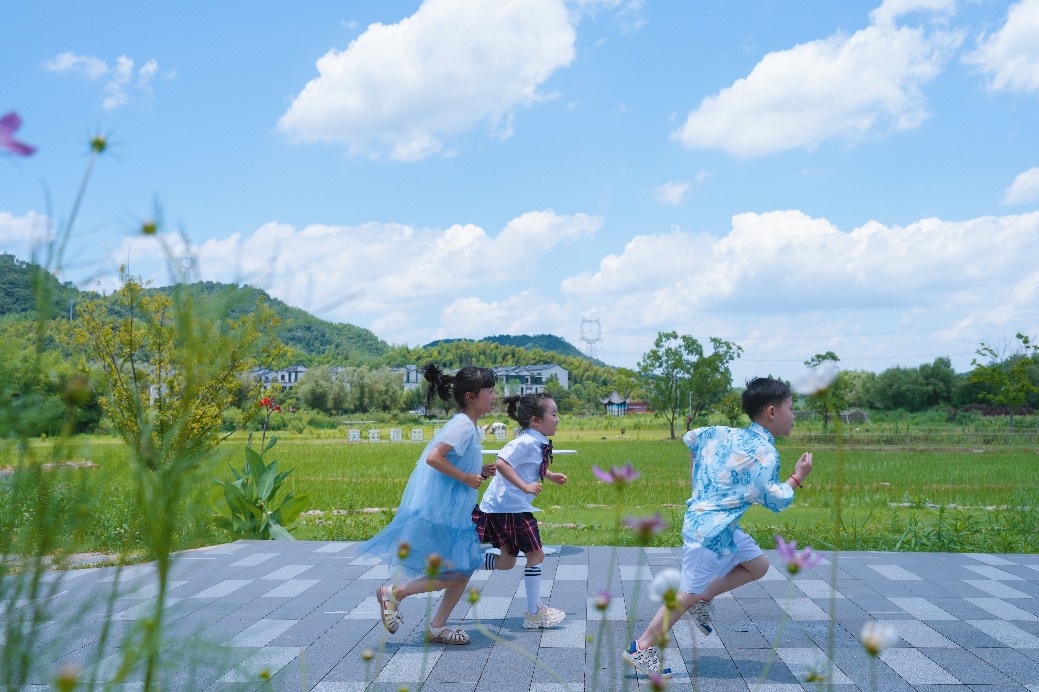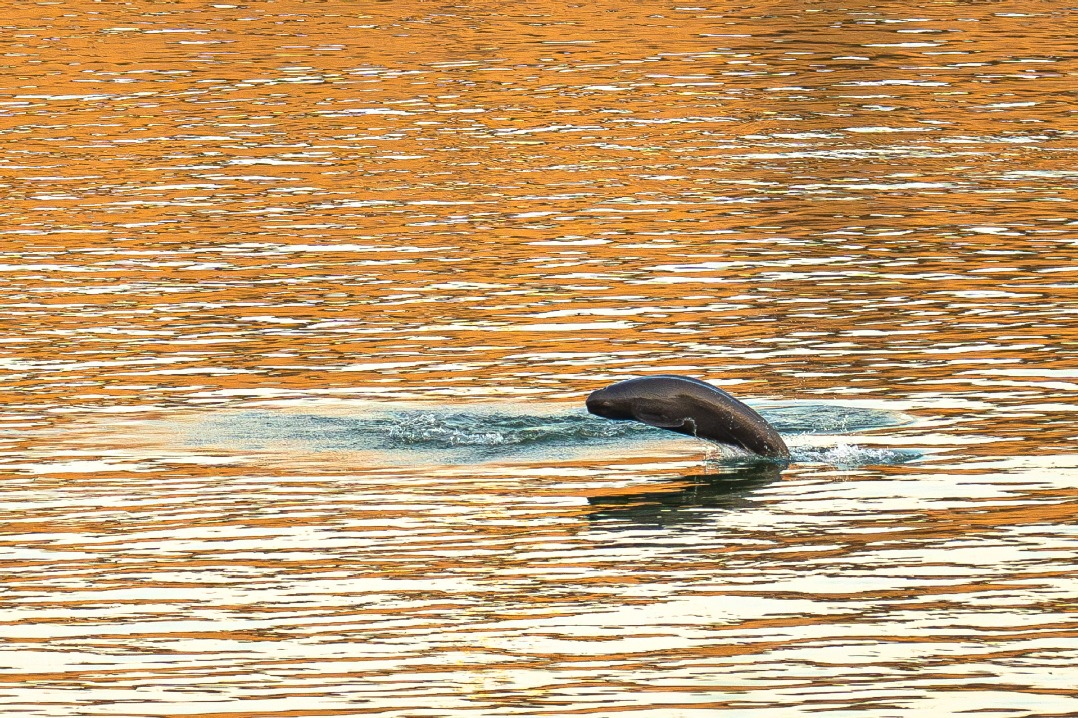China to further excavate discovery site of re-emerging Buddha
Xinhua | Updated: 2017-08-03 17:33
 |
| A file photo shows the head of the Buddha was spotted at Hongmen Reservoir in the city of Fuzhou. [Photo/Xinhua] |
Chinese archaeologists are expected to start underwater excavation to further explore the discovery site of a Buddha statue that has emerged from the water.
The head of the Buddha was spotted at Hongmen Reservoir in the city of Fuzhou, eastern China's Jiangxi province, prompting archaeologists to conduct a brief underwater investigation near the finding in January this year.
The new mission, scheduled as early as the end of the month, will focus on the ruins of a temple and traces of a recorded ancient town in the reservoir, according to Xu Changqing, head of the Jiangxi Provincial Research Institute of Archaeology.
The Buddha statue is 3.8 meters tall, carved onto a cliff face and originally found by local villagers in December 2016 after a hydropower gate renovation project lowered water levels in the reservoir by more than 10 meters.
Judging from the head's design, the statue was carved during the Ming Dynasty (1368-1644). The base of a hall was also found under the water, indicating that a temple once stood there.
According to local records, the reservoir is located on the ruins of the ancient Xiaoshi township, an important trade center and hub for water transport between Jiangxi and Fujian provinces.
Hongmen Reservoir, also known as Zuixian Lake, was built in 1958.
























